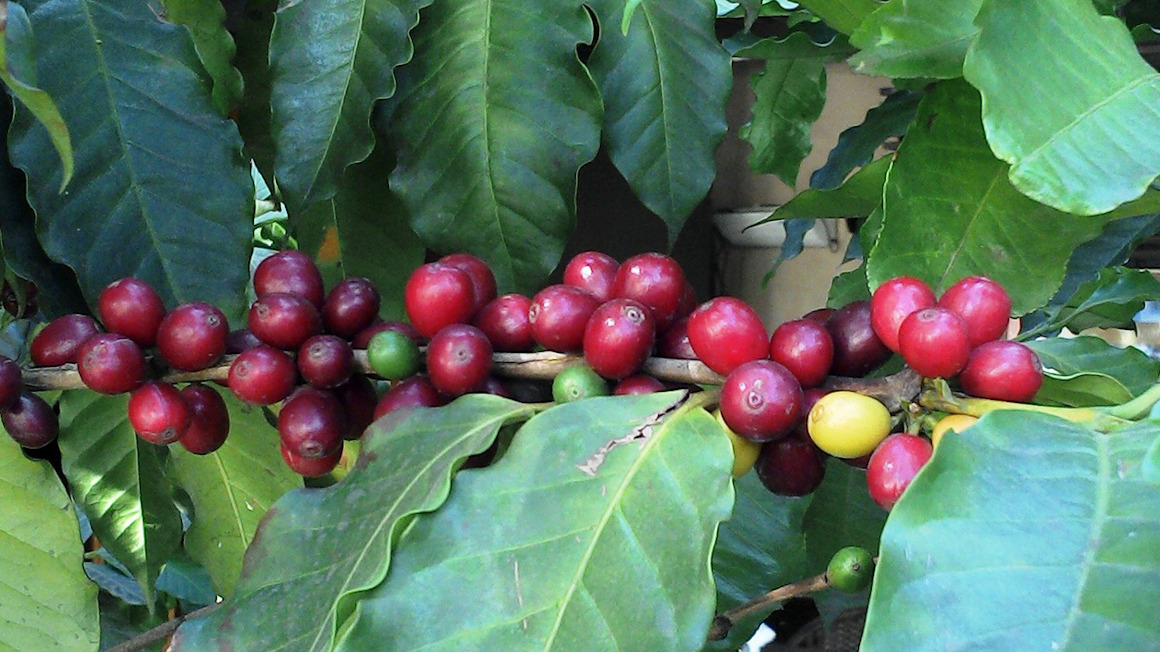"We want to use temperature sensors to accelerate the breeding of climate-resistant plants"
Philip WiggeProfession:
Molecular Biologist
Position:
Programme head "Functional Plant Biology" at the Leibniz Institute for Vegetable and Ornamental Crops (IGZ) in Großbeeren

Profession:
Molecular Biologist
Position:
Programme head "Functional Plant Biology" at the Leibniz Institute for Vegetable and Ornamental Crops (IGZ) in Großbeeren

The Potsdam molecular biologist Philip Wigge is researching the mechanisms by which plants detect and adapt to ambient temperatures.
From heat stress to cold snaps: plants are often very sensitive to rapid weather changes, causing crop losses in agriculture. To meet the challenges of climate change, it is important to understand the mechanisms by which plants respond to their ambient temperature. Philip Wigge is working on the temperature perception of plants in a project that was recently awarded the prestigious ERC Advanced Grant. In this project, the molecular biologist from Potsdam wants to find out how plants can determine a correct temperature signal, even if the ambient conditions are subject to strong fluctuations.
How do plants perceive cold and heat and how do they protect themselves from them?
Since plants cannot move, they are exposed to large temperature fluctuations throughout the year and must therefore actively protect themselves against cold and heat. They measure temperature with the aid of special thermosensory molecules and control gene expression accordingly. For example, plants can produce antifreeze proteins in response to cold. If, on the other hand, it is too hot, they activate a different signaling pathway, the heat stress signaling pathway. This protects the cell from unfolded proteins and damaged membranes. Plants also protect themselves against extreme temperatures by synchronizing their life cycles with the seasons. Temperate plants, for example, usually flower in spring and summer, while deciduous trees lose their leaves in winter.
How do plants receive a so-called temperature signal and how do they react to it?
We don't yet know all the ways plants sense temperature. So far, we have found that proteins called phytochromes, which normally sense light, can also respond to temperature signals and control gene expression. Furthermore, we have learned that a protein involved in controlling growth in response to temperature can act as a thermosensor through an intrinsically disordered domain. This domain, which is related to the sequence found in prion-containing proteins, allows the protein's activity to be reversibly switched on and off by warm temperatures. In this way, growth can be increased directly in response to warm temperatures. Plants not only grow more vigorously at warm temperatures, but also begin to flower, thinking it is spring.
How quickly can plants process such information and adapt their behavior?
Plants can sense and respond to temperature at multiple time scales. For example, gene expression in response to warm temperature may occur within 1 or 2 minutes. However, many changes we observe, such as growth, can take several days. Then again, plants such as trees process temperature information over the course of a year before they flower or form buds.
You have recently been awarded the prestigious ERC Advanced Grant for your research on temperature perception in plants. What is the TIPTOP project about and what is your goal?
The goal of TIPTOP is to use our recent discoveries of temperature-sensitive molecules to engineer specific temperature-sensing pathways in plants. Now that we know how prion domain-containing proteins respond to temperature, we want to know if we can use them to create synthetic biological networks with specific properties. For example, can we tune the temperature response to make plants more resistant to heat stress? Our goal is to create artificial biological circuits that have specific temperature responses. This has never been done before and is therefore a very interesting challenge.
What is the current state of research? Are there any initial breeding successes?
So far, breeders can select for heat stress-resistant plants in trials, but it is a difficult and time-consuming process. We hope that by identifying temperature sensors, we can greatly accelerate the breeding of climate-resistant plants. We also hope to be able to breed specific temperature responses by making synthetic thermosensing circuits. However, this is still at an early stage and we are focusing on establishing the tools and methods in model systems in the first project.
Interview: Beatrix Boldt


